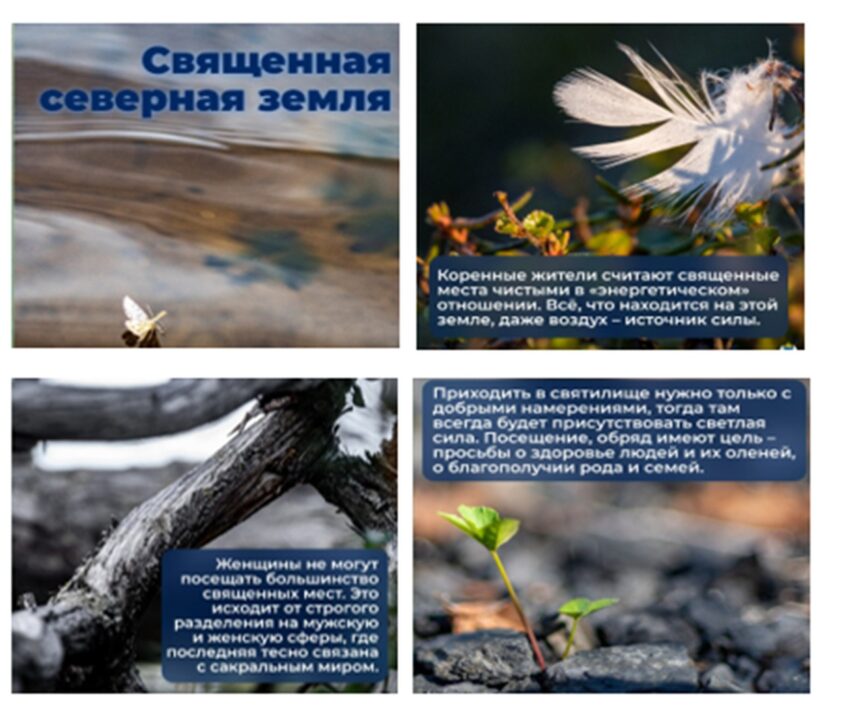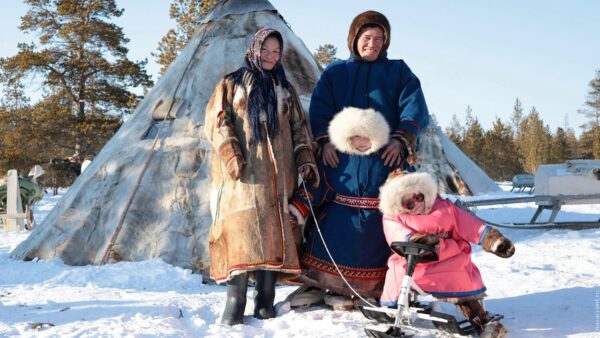Sacred natural sites designated in Yamalia
In the Yamalo-Nenets Autonomous Okrug, signs describing sacred sites may appear. The idea was announced at a meeting of the Council of Indigenous Minorities of the North in Salekhard.

‘It is planned to do this within the framework of anniversary events timed to the 430th anniversary of Salekhard’s foundation. The council members have already started work on collecting information. They also are already developing a full-fledged map,’ the Telegram channel of the city administration said.
In addition, a proposal to add inscriptions of tourist signs in the language of indigenous peoples of the North in the city has been discussed. The initiatives are seen as an important step to preserve the historical and cultural heritage of the peoples of the North.
One of the first time mentions of the sacred places of the northern peoples were told by navigators in the 16th century. In their notes they told about the national sanctuaries on Vaygach Island (the place of power of the Arctic gods).
Today the indigenous people still consider the places sacred. As per tradition, women are not allowed to visit most sacred sites. This comes from the strict division into male and female spheres, where the latter is closely linked to the sacred world. According to the International Union for Conservation of Nature (IUCN), sacred natural sites are the first natural reserves of humanity.
The Yamalo-Nenets Autonomous Okrug is one of the largest constituent entities of the Russian Federation, covering an area of 769,520 square kilometres, with a population of only 512,387. According to the 2010 Russian Census, there were 44,640 Nenets in Russia, up from 41,302 in 2002 and 34,190 in 1989. Only 50% of Nenets speak their mother tongue.



